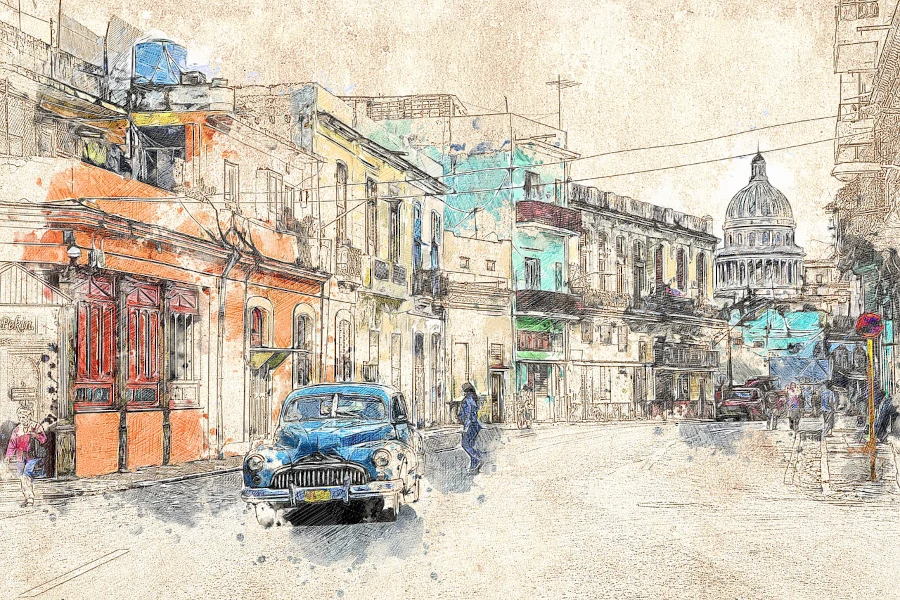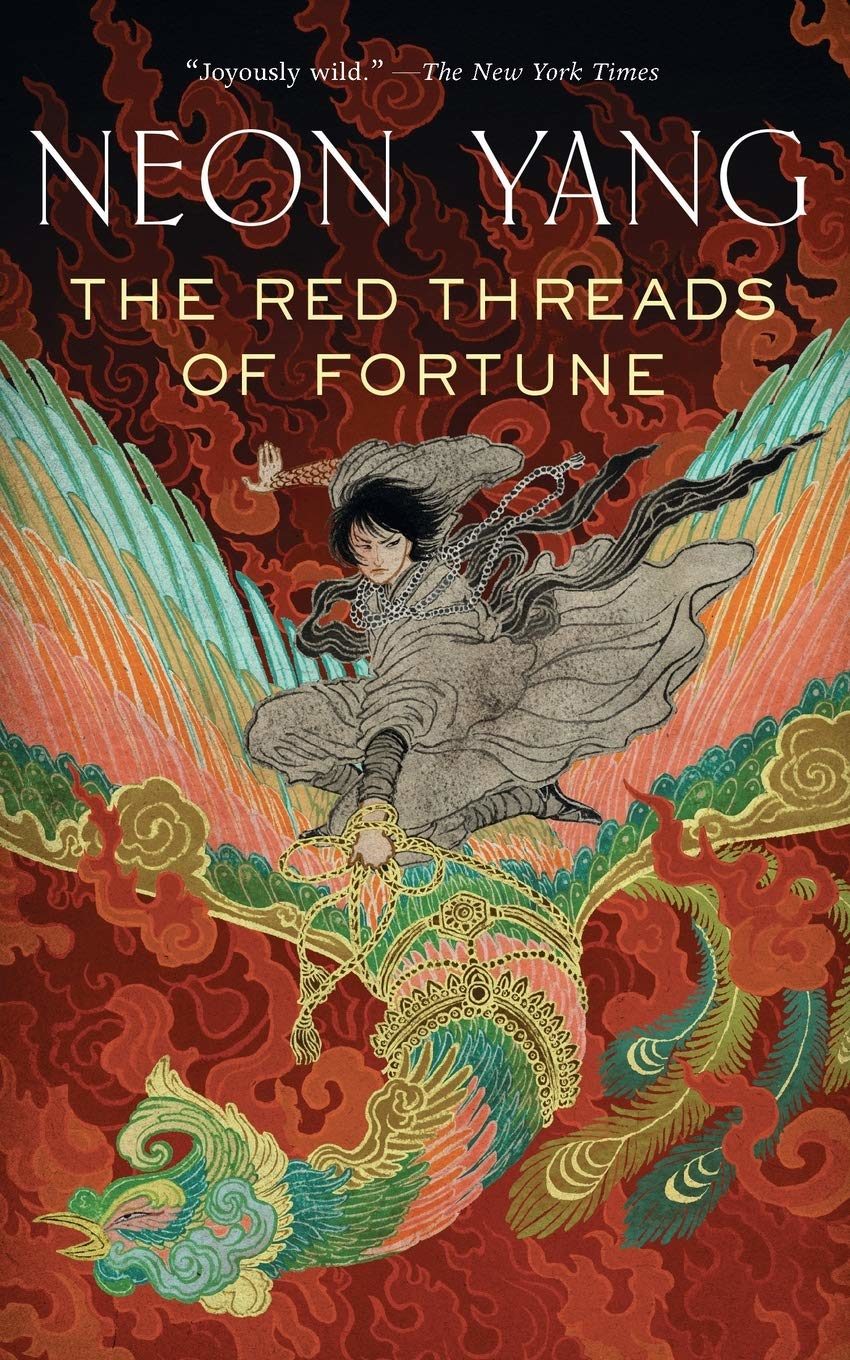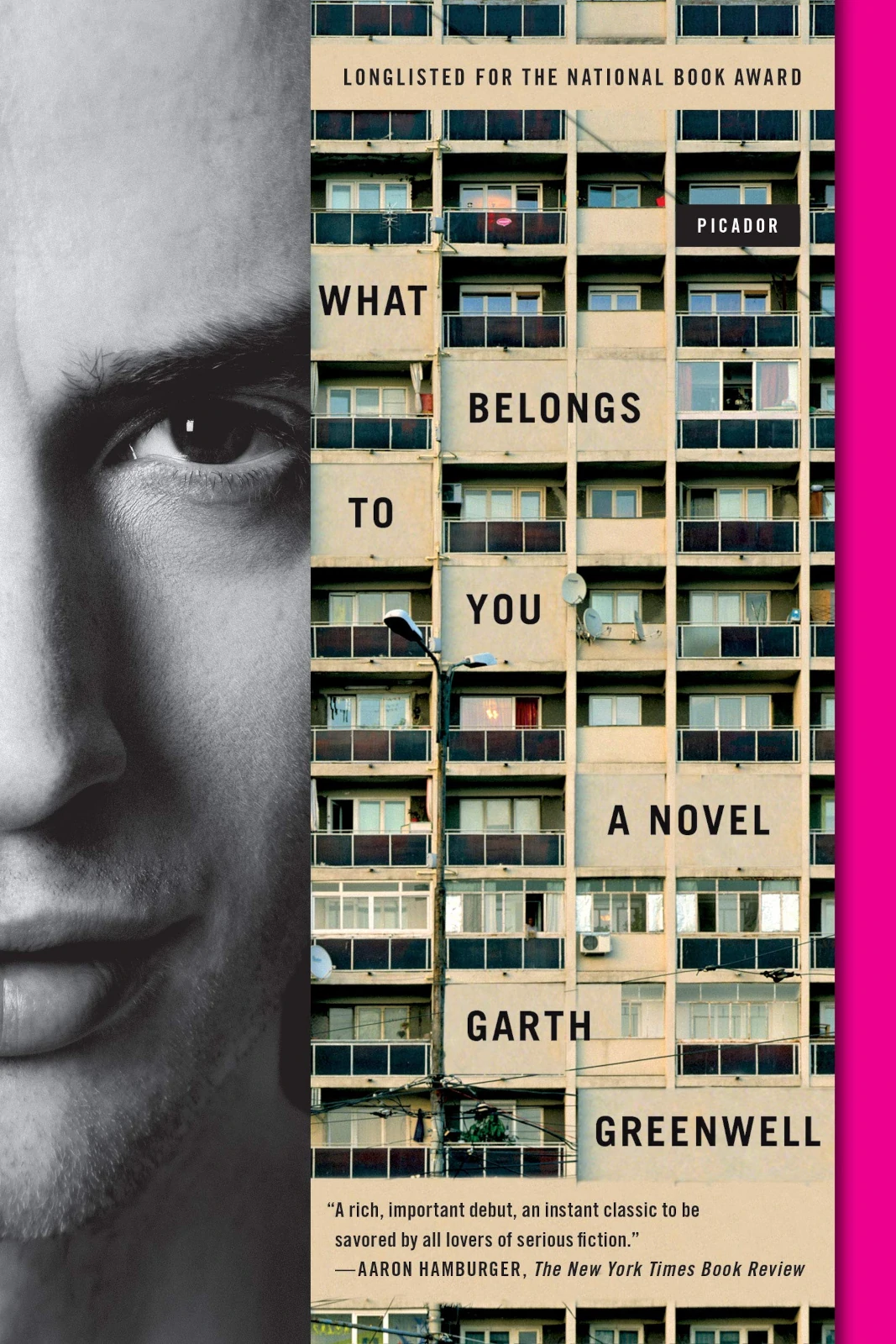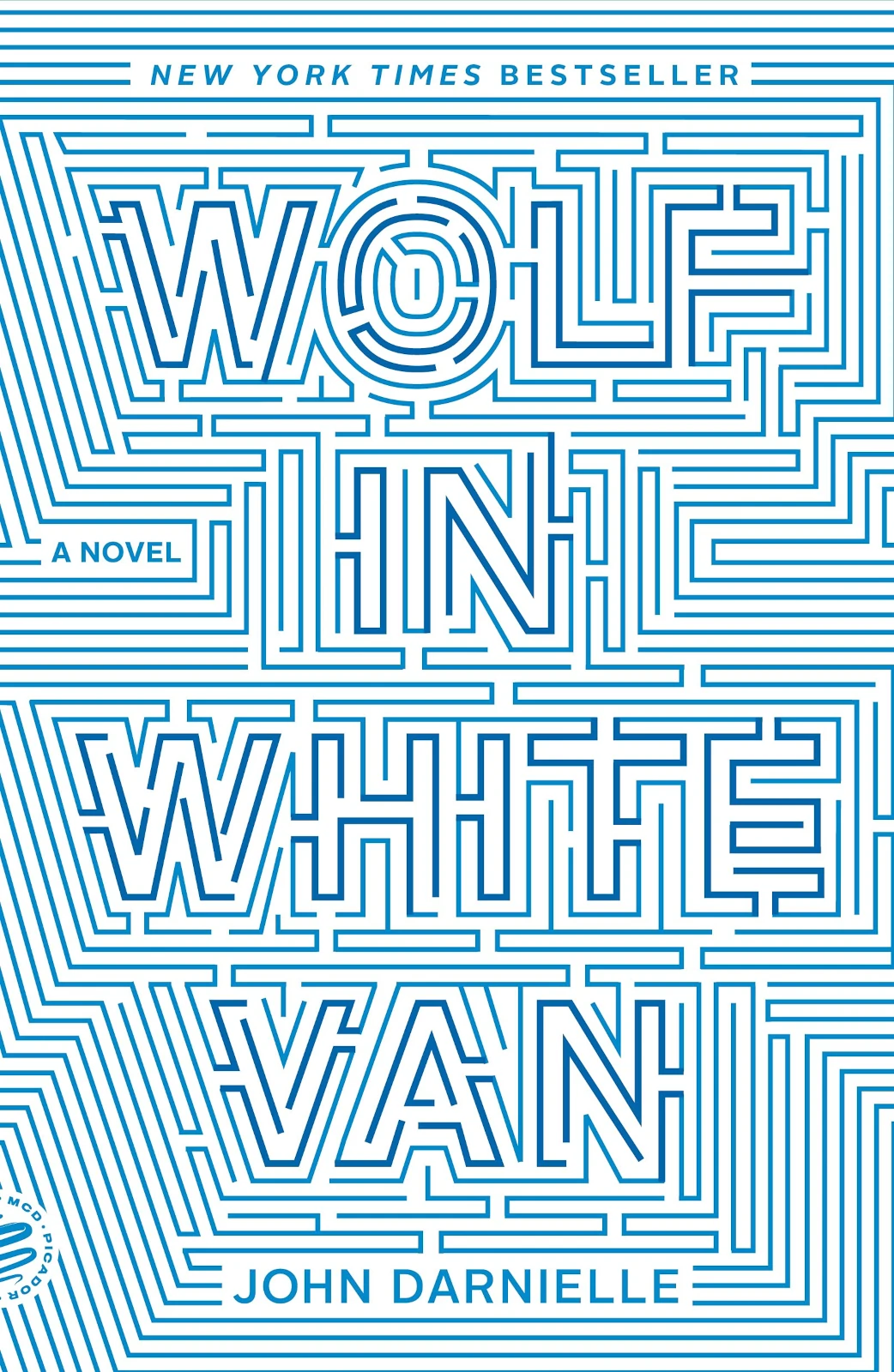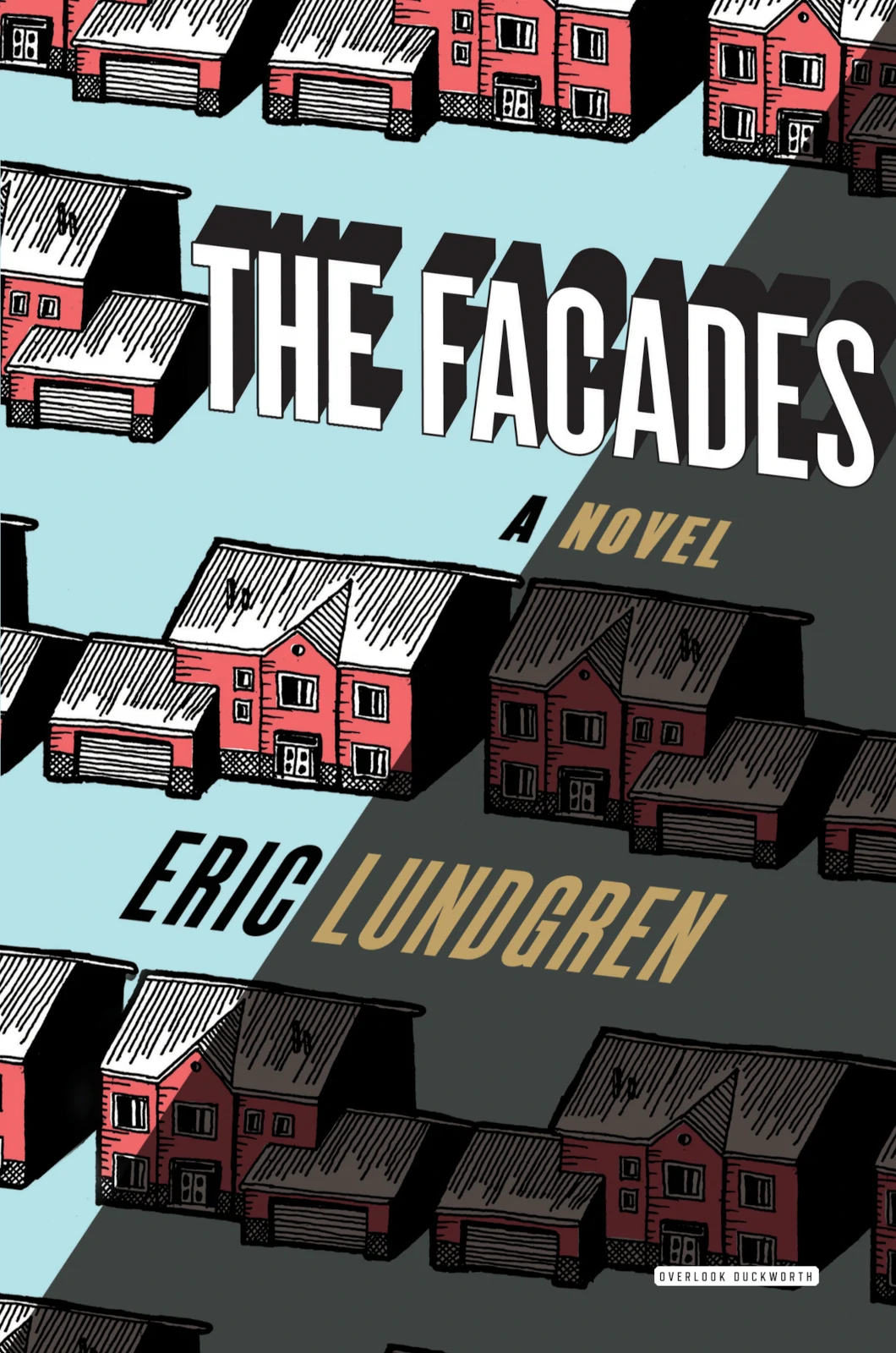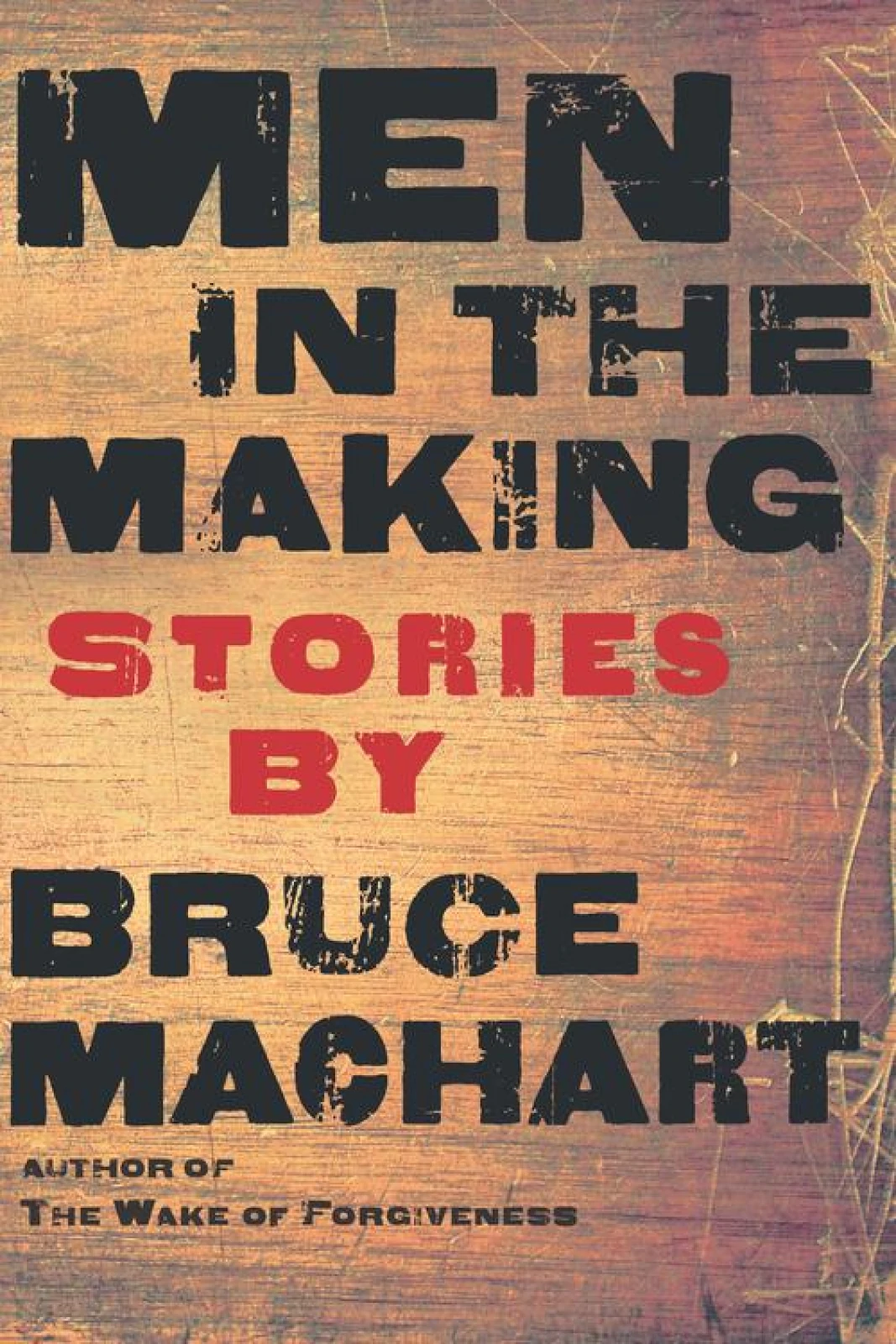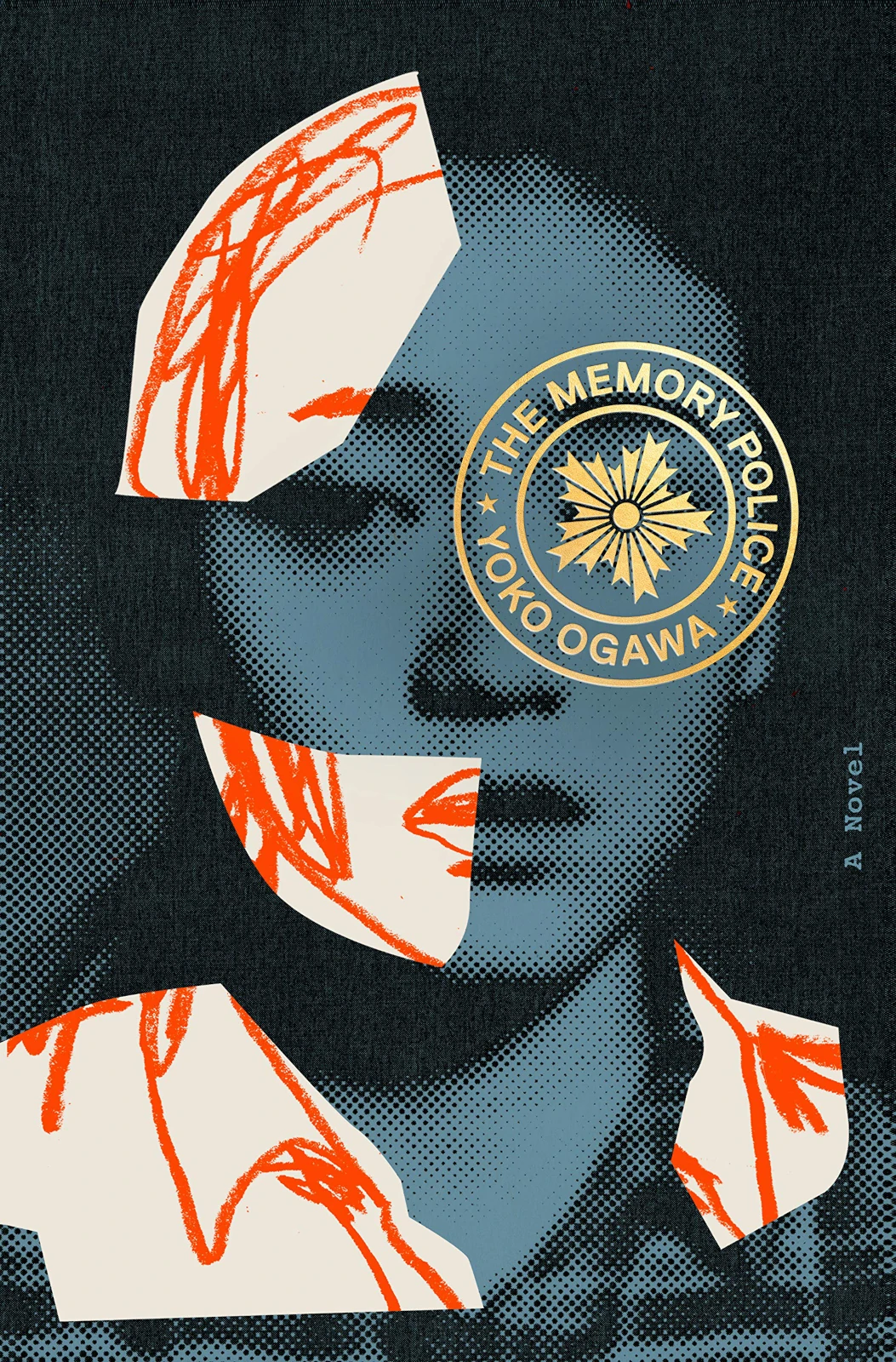
Fractured and Forgotten Memories: A Reading List
You’ve likely heard the phrase “our memories often deceive us.” To an extent, this is true: the past—or at least our understanding of it—is fallible, shaky, and often colored by our emotions and subconscious desires. But there is a flip side to this. By nature, books that tackle the absence of memory, either by forgetting or through forceful fracturing, often deal with the repercussions of those memories as they return to us. The result is an interesting case study on how we interact with and remember our past: the potent mix of pain and relief that comes with remembering, the way it helps us uncover our identity and the power it has to reconfigure our close relationships. Here are six books about fractured and forgotten memories and the power they have to encroach on the present as well as the future.
Fledgling – Octavia E. Butler
The last novel by lauded American science fiction writer Octavia E. Butler, Fledgling tells the story of Shori, a young amnesiac whose inhuman desire for blood leads her to realize that she is actually a fifty-three-year-old vampire and member of the Ina species. The novel follows Shori’s quest to unearth the murky waters of her stolen past before those that took it from her return for something more important—her life. A book both alluring for its diverse spin on a time-old, Eurocentric trope and the navigation of classic themes of freedom and survival, Fledgling is Butler’s sparse yet pointed prose at its finest as she reckons with what it means to be “other” and how a loss of memory often marks a loss of self.
You can order a copy of Octavia E. Butler’s Fledgling HERE.
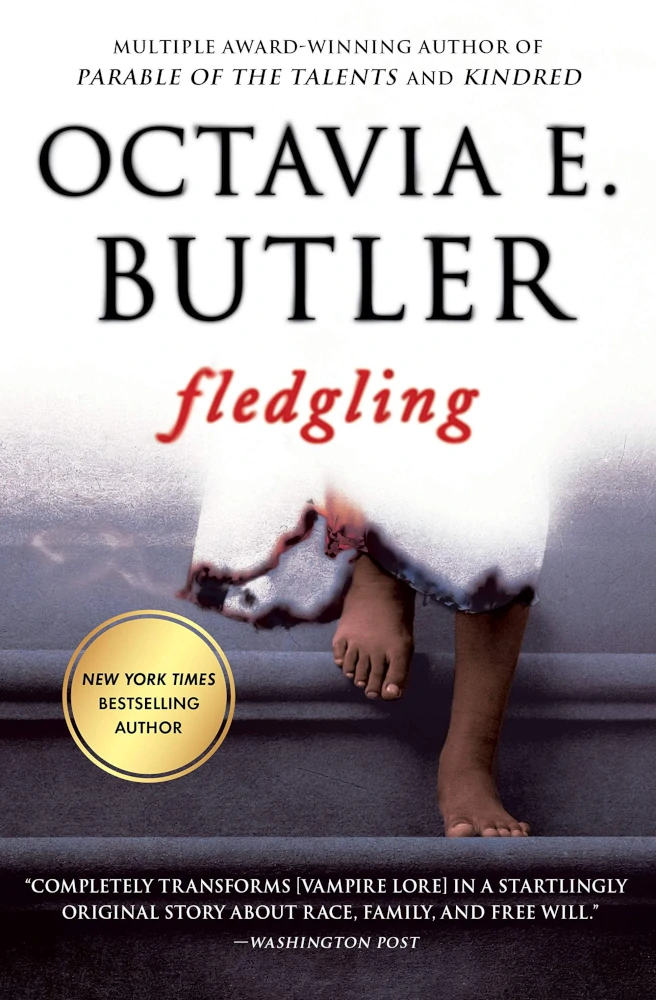
More Than This – Patrick Ness
Though Patrick Ness is best known for his Chaos Walking trilogy and his low fantasy novel A Monster Calls, his novel More Than This holds its own as one of the most provocative YA novels published in recent history. The book begins with sixteen-year-old Seth who, after drowning in the ocean, wakes up alone and with no memory in what he believes to be his own personal hell: the Suburban Southern English town where he lived before tragedy struck. As the story unfolds, Seth is forced to confront his past and the blame his mother places on him because of his sexuality and the incident that forced their family to move to America, illustrating how the muddiness of our memories often inhibits us from stepping forth into the future. A shimmering example of the eternal teenage desire for meaning, More Than This is an impressively challenging teen novel that tackles the importance of our most painful memories with the candidness that is so indicative of Ness’s writing.
You can order a copy of Patrick Ness’s More Than This HERE.
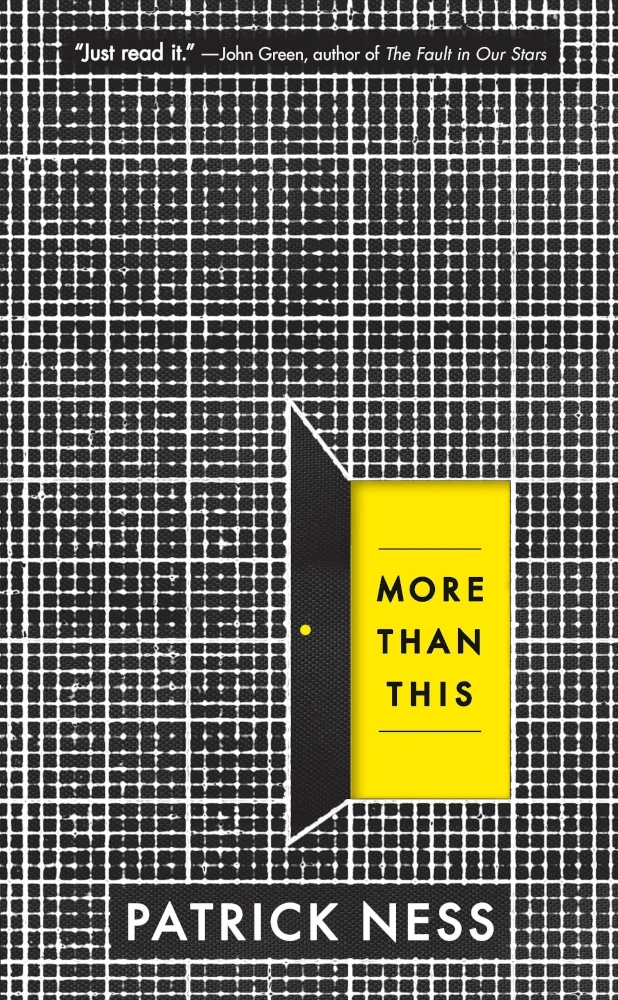
The Buried Giant – Kazuo Ishiguro
Kazuo Ishiguro is no stranger when it comes to writing about the fallibility of memory. Set in post-Arthurian Britain, The Buried Giant tells the story of elderly British couple Axl and Beatrice as they set off to visit a son they can barely remember due to a mass amnesia referred to as “the mist.” As they begin to recover their memories, however, Axl and Beatrice are forced to reckon with a dark and violent world—one they might have been better off forgetting. Filled with memorable characters and marked by Ishiguro’s distinctive prose, which grounds the story’s more fantastical elements in a realism that makes its message more potent, The Buried Giant ruminates on the double-edged sword that is memory—both the way it protects us from the difficulty of our past, and how it is necessary for us to heal from it.
You can order a copy of Kazuo Ishiguro’s The Buried Giant HERE.
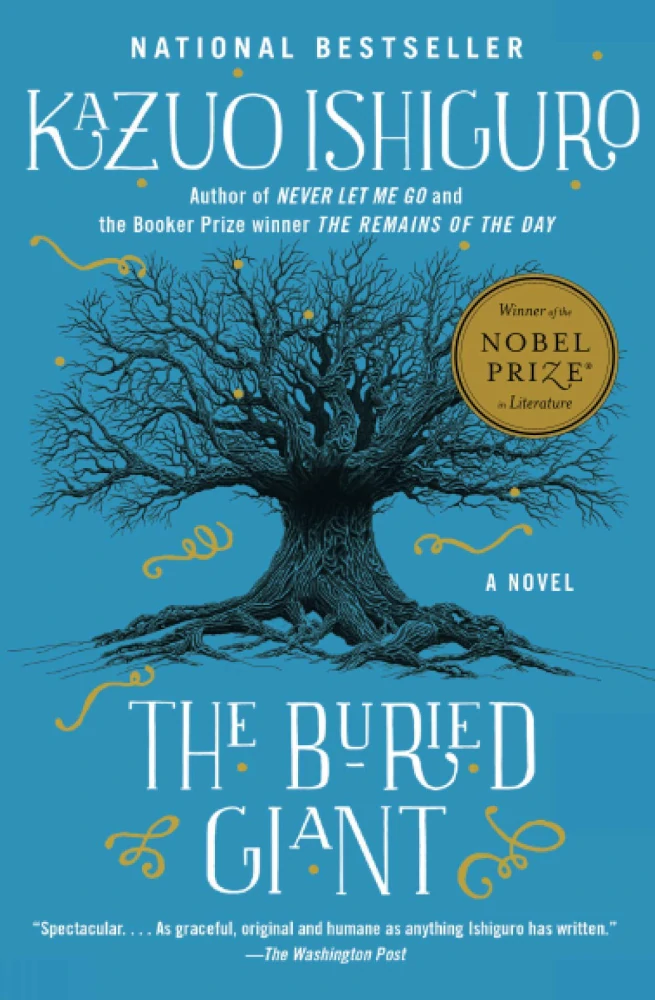
The Museum of Forgotten Memories – Anstey Harris
Best-selling author of The Truths and Triumphs of Grace Atherton, Anstey Harris returned this past November with The Museum of Forgotten Memories. In the novel, we meet widowed Cate Morris and her son Leo who, after being let go from her job as a teacher, moves from London to her late husband Richard’s hometown of Crouch-on-Sea to take up a job at his old museum: Hatters Museum of the Wide Wide World. But the more invested she becomes in reviving the dilapidated museum, the more she is forced to confront the reality of Richard’s death—and the part she played in it. Though The Museum of Forgotten Memories has yet to grace our shelves, Harris’s sharp voice ensures that readers are in for a richly descriptive narrative about how the process of piecing together our past can be as relieving as it is painful.
You can order a order a copy of Anstey Harris’s The Museum of Forgotten Memories HERE.
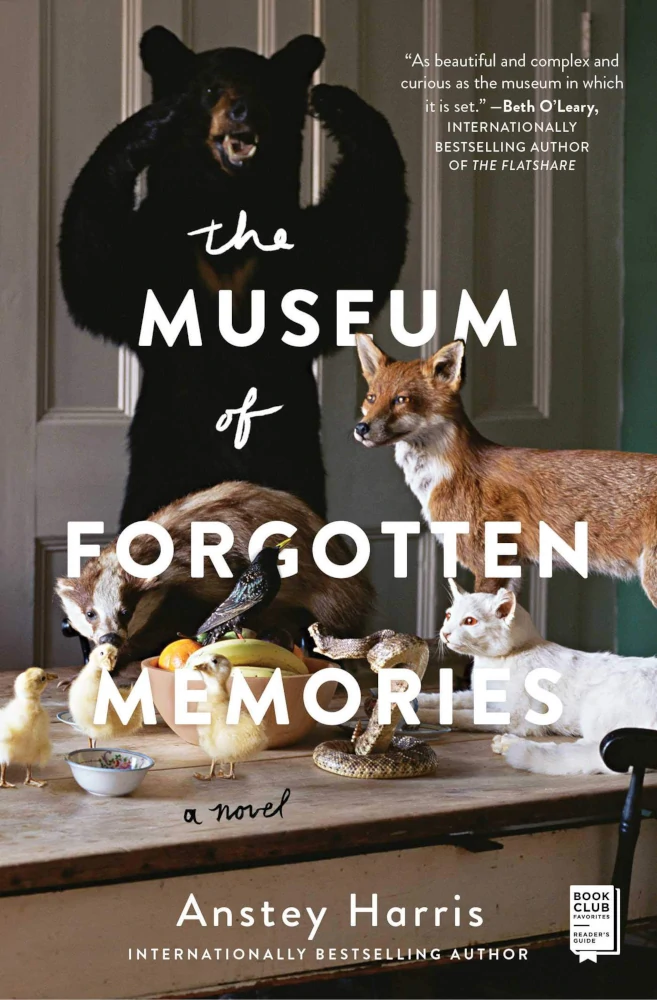
The Blinds – Adam Sternbergh
The Blinds, set in a rural Texas town of the same name, is home to criminals who have had their memories altered and are granted a new lease on life. The only problem: they don’t know if they actually committed a crime, or just witnessed one. For years, Sheriff Calvin Cooper has maintained a relatively shaky peace in the town, but when its citizens revolt after a string of grisly incidents, the deputy and a group of outsiders get involved, threatening to unearth the town’s grim secrets and upend its unsteady foundations. Potent and endearingly dark, Sternbergh’s The Blinds is a memorable account of how our memories provide vital glimpses into the human condition—and its vices.
You can order a copy of Adam Sternbergh’s The Blinds HERE.
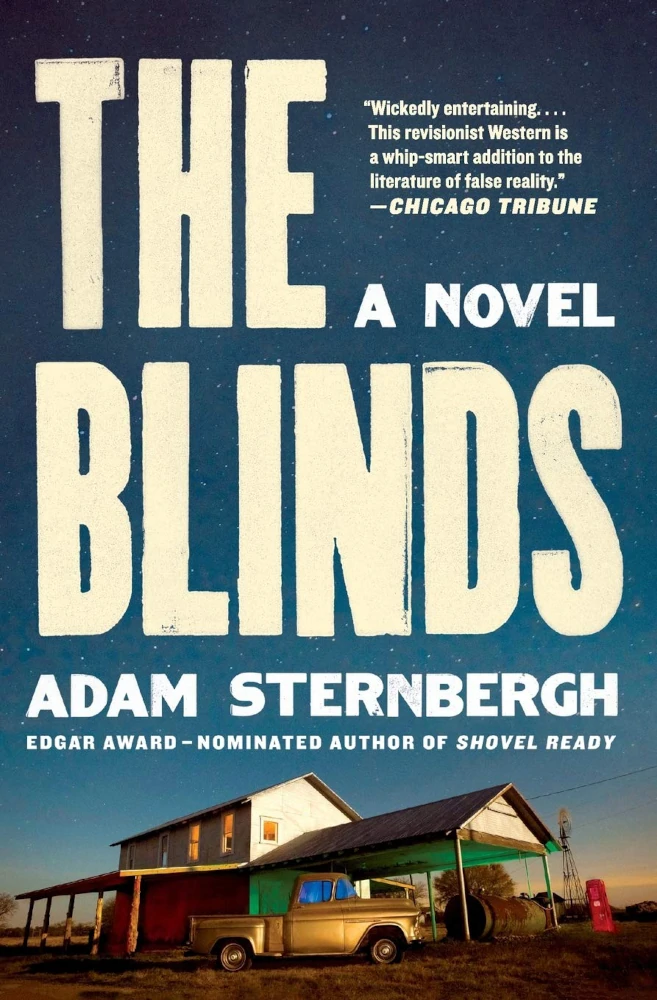
The Memory Police – Yoko Ogawa
Reminiscent of George Orwell’s 1984 and the surrealism of Franz Kafka’s short stories, Yōko Ogawa’s The Memory Police tells the story of a young writer who lives on an unnamed island where objects disappear and those in authority are committed to making sure they stay gone. When the memory police set their sights on her editor, she hides him beneath her floorboards, the two clinging to writing as a way to preserve their shaky past. Dreamlike and haunting, Ogawa’s The Memory Police is a timeless rumination on the dangers of repressing memory and the importance of reconstructing the past—however painful it may be.
You can order a copy of Yōko Ogawa’s The Memory Police HERE.

The world of our memories is vast and wonderful, as well as strange and painful. Perhaps these books will force you to look back on your past, and maybe they will help you unearth some forgotten memories of your own. Looking for more pieces on memory? Check out our latest issue, F(r)iction #17 The Memory Issue!





